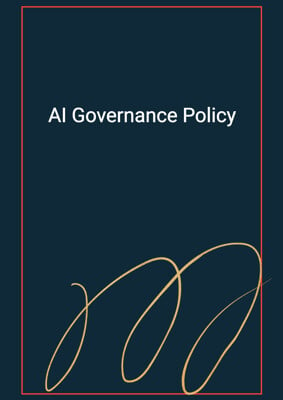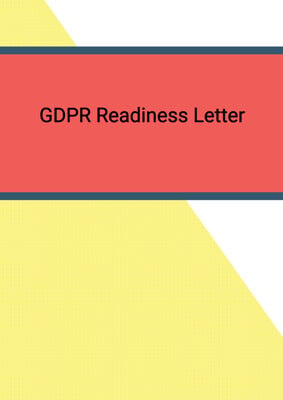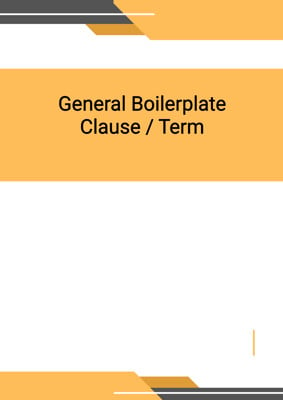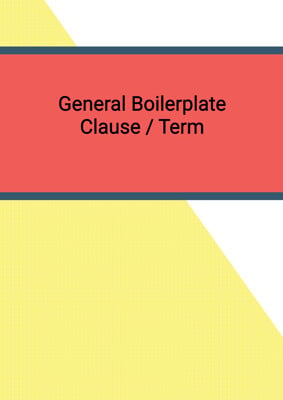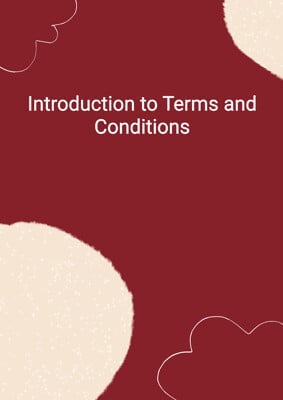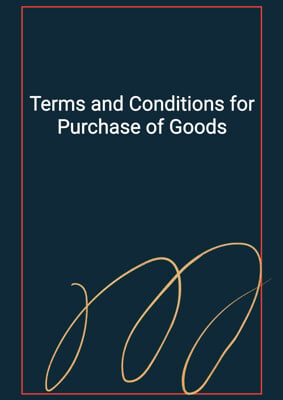How to Tailor the Document for Your Need?
01
Create Document
Click "Create Document" button and the document will be prepared with your account details automatically filled in.
02
Fill Information
Please fill in any additional information by following the step-by-step guide on the left hand side of the preview document and click the "Next" button.
03
Get Document
When you are done, click the "Get Document" button and you can download the document in Word or PDF format.
04
Review Document
Please review the document carefully and make any final modifications to ensure that the details are correct before publication / distribution.
Document Preview
Document Description
The document titled 'Terms and Conditions of Service' is a crucial document that outlines the terms and conditions that apply to all engagements. It is important as it sets the expectations and responsibilities of both parties involved in the engagement. The document consists of several sections, each addressing different aspects of the engagement.
The first section, 'Application and Interpretation,' provides an overview of the document and its applicability to all engagements. It emphasizes the firm's commitment to performing the engagement in compliance with professional rules, regulations, and legislation.
The second section, 'Inception of the Engagement,' explains the process of initiating the engagement. It states that the client's request constitutes an offer, and a binding contract is formed upon acceptance by the firm. It also highlights the importance of providing necessary information for compliance with anti-money laundering and terrorist financing laws.
The third section, 'Your Obligations,' outlines the responsibilities of the client during the engagement. It emphasizes the timely provision of information and documents required for the execution of the engagement. It also requires the client to disclose relevant information about the group's legal and control structure and any changes therein.
The fourth section, 'Execution of the Engagement,' describes how the firm will provide its services. It states that the firm will perform the engagement to the best of its knowledge and ability, adhering to professional standards. It also clarifies that the firm may engage subcontractors or charge for additional services if required by applicable legislation or regulations.
The fifth section, 'Confidentiality and Data Protection,' addresses the handling of confidential information and personal data. It explains that the firm will not disclose such information unless required by law or disciplinary, civil, administrative, or criminal proceedings. It also outlines the circumstances under which the firm may process and share confidential information and personal data.
The sixth section, 'Intellectual Property,' asserts the firm's ownership of intellectual property rights related to the engagement. It prohibits the client from reproducing or using such products without prior written consent, except for internal use.
The seventh section, 'Fees,' specifies the firm's fee structure and payment terms. It states that the fee is exclusive of out-of-pocket expenses, third-party fees, and applicable taxes. It also allows for adjustments to the fee if pricing factors change and outlines the consequences of non-payment.
The eighth section, 'Complaints/Disputes on Fee,' provides a procedure for filing complaints or disputing the invoice amount. It states that legitimate complaints may result in fee adjustments, rectification of services, or termination of the engagement.
The ninth section, 'Delivery Period,' clarifies that the completion of services may be dependent on advance payments or the provision of necessary information. It also establishes the conditions for terminating the engagement due to failure to meet deadlines.
The tenth section, 'Termination,' outlines the circumstances under which either party can terminate the engagement. It specifies the rights and obligations of both parties in case of early termination.
The eleventh section, 'Liability,' defines the firm's liability for errors and sets limitations on liability based on the fee paid for the specific services. It also addresses indemnification and the lapse of rights of action.
The twelfth section, 'Assignment,' states that the client cannot assign the engagement or obligations without prior written consent. It also clarifies the continued liability of the client in case of assignment.
The thirteenth section, 'Force Majeure,' addresses the firm's obligations in case of events beyond its control that prevent the fulfillment of obligations. It allows for termination of the engagement if the incapacity exceeds six months.
The fourteenth section, 'Communications,' specifies the mode of communication between the parties and recognizes the risks associated with electronic communications.
The fifteenth section, 'Waiver,' clarifies that the waiver of any breach does not affect the rights and powers of the party. It requires any waiver to be in writing.
The sixteenth section, 'Severance,' states that if any provision of the terms and conditions is held invalid or unenforceable, it does not affect the validity of other provisions.
The seventeenth section, 'Conflict or Inconsistency,' gives precedence to the written engagement in case of any conflict with the terms and conditions. It allows deviations from the terms and conditions only if agreed in writing.
The eighteenth section, 'No Poaching,' prohibits the employment of persons involved in executing the engagement without consultation. It requires the party employing such persons to compensate for recruitment costs.
The nineteenth section, 'No Rights for Third Parties,' clarifies that the terms and conditions do not confer any rights to third parties.
The twentieth section, 'Governing Law and Arbitration,' specifies the governing law and jurisdiction for any disputes arising from the engagement.
Overall, the 'Terms and Conditions of Service' document is a comprehensive and essential document that ensures clarity, protection, and compliance throughout the engagement.
How to use this document?
To effectively use the 'Terms and Conditions of Service' document, follow the step-by-step guidance below:
1. Familiarize yourself with the document: Read the entire document carefully to understand its purpose, applicability, and sections.
2. Customize the document: Modify the document to include specific details relevant to your engagement, such as the names of the parties involved and any additional clauses required.
3. Provide complete information: Ensure that all required information, including the client's legal and control structure, is accurately provided to comply with anti-money laundering and terrorist financing laws.
4. Timely provision of information and documents: Cooperate with the firm by providing all necessary information and documents in a timely manner to facilitate the execution of the engagement.
5. Understand the firm's obligations: Be aware of the firm's commitment to providing services to the best of their knowledge and ability, adhering to professional standards.
6. Maintain confidentiality: Respect the confidentiality of the engagement by not disclosing any information without prior written consent, except as required by law or legal proceedings.
7. Comply with intellectual property rights: Do not reproduce or use any products of the intellect without the firm's prior written consent, except for internal use.
8. Understand the fee structure: Familiarize yourself with the fee structure, including out-of-pocket expenses, third-party fees, and applicable taxes. Ensure timely payment of fees.
9. Address complaints and disputes: Follow the specified procedure for filing complaints or disputing the invoice amount. Understand the options available for resolution.
10. Meet delivery deadlines: Make necessary advance payments and provide required information to ensure timely completion of services.
11. Termination of the engagement: Understand the circumstances under which either party can terminate the engagement and the rights and obligations associated with termination.
12. Limitations on liability: Be aware of the firm's liability limitations and the conditions under which indemnification may apply.
13. Seek consent for assignment: Obtain written consent from the firm before assigning the engagement or any obligations to third parties.
14. Communicate effectively: Ensure that all communications with the firm are in writing and delivered through appropriate channels.
15. Understand governing law and jurisdiction: Familiarize yourself with the governing law and jurisdiction specified in the document for any disputes.
By following these steps, you can effectively utilize the 'Terms and Conditions of Service' document, ensuring compliance, clarity, and a smooth engagement process.
Not the right document?
Don’t worry, we have thousands of documents for you to choose from:

